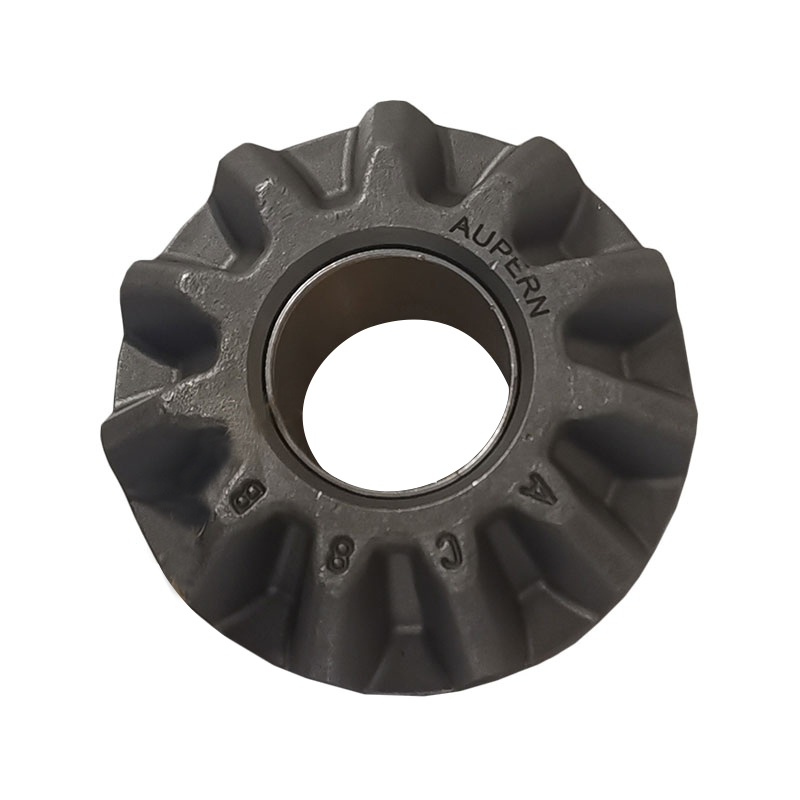1. The pressure in the fuel tank rises In a closed redu […]
1. The pressure in the fuel tank rises
In a closed reducer, each pair of gears meshing and friction will generate heat. As the running time increases, the temperature in the reducer case gradually rises, while the volume of the reducer case does not change, so the pressure in the box follows Increase, the lubricating oil in the box is splashed and spilled on the inner wall of the reduction box. Due to the relatively strong oil permeability, under the pressure in the tank, where the seal is not tight, the oil will leak out from where.
2. The unreasonable structure design of the reducer causes oil leakage
If the reducer is designed without a vent hood, the reducer cannot achieve pressure equalization, resulting in higher and higher pressure in the box and oil leakage.
3. Too much fuel
During the operation of the reducer, the oil pool is greatly agitated, and the lubricating oil splashes everywhere in the machine. If the amount of oil is too much, a large amount of lubricating oil will accumulate on the shaft seal, joint surface, etc., resulting in leakage.

4. Improper maintenance process
During equipment maintenance, due to incomplete cleaning of the dirt on the joint surface, improper selection of sealant, reverse installation of the seal, and failure to replace the seal in time, oil leakage may also occur.
The use of polymer composite materials to repair and control the oil leakage of the reducer. The polymer composite materials are based on polymer, metal or ceramic fine powder, fibers, etc. as the base material, and are compounded under the action of a curing agent and a curing accelerator. material. Various materials complement each other in performance and produce a synergistic effect, so that the comprehensive performance of the composite material is better than that of the original constituent materials. With strong adhesion, mechanical properties, and chemical corrosion resistance, it is widely used in the repair of mechanical wear, scratches, pits, cracks, leakage, casting sand holes, etc. of metal equipment, as well as various chemical storage tanks , Chemical anti-corrosion protection and repair of reaction tanks and pipelines.